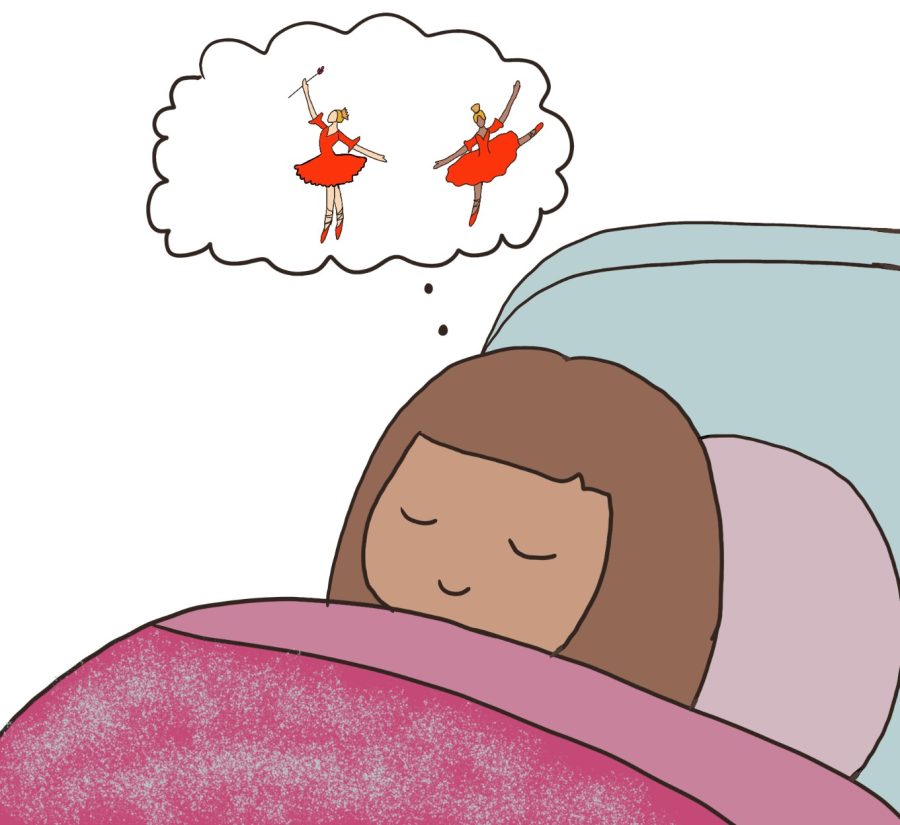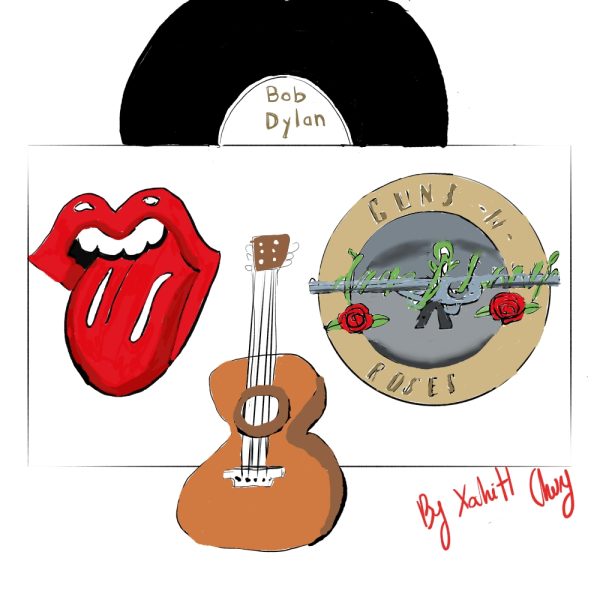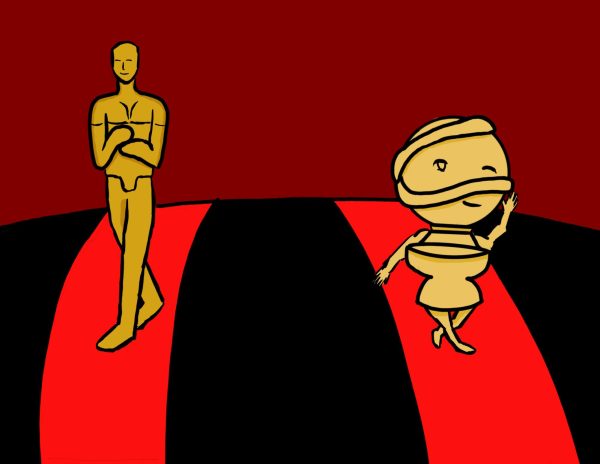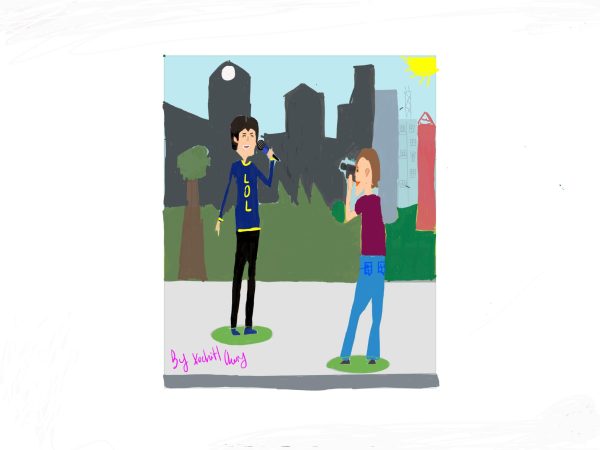Sugar plums boast sweet and luxurious legacy
From the nostalgic warmth of pumpkin pie to the refreshing coolness of peppermint candy canes, the holiday season boasts a delectable variety of classic desserts. Many of these are renowned across a variety of communities and their association with Christmastime is usually quite easy to see. However, an outlier in this grouping is the often forgotten sugar plum. Though featured in a line of the famous story “The Night Before Christmas” and the subject of a major dance sequence in “The Nutcracker,” many people are unsure of what exactly a sugarplum is and how exactly it came to be so connected to Christmas.
Though its exact country of origin is unknown, the sugar plum is thought to have originated in the seventeenth century in Western Europe, most likely Spain or Portugal. Surprisingly, sugar plums rarely if ever contain plums at all. The more traditional recipes describe sugar plums as being small seeds, nuts, or even spice balls that were encased in several layers of a hard sugar coating, which is a process called “panning” that is still used in the production of modern candies such as M&Ms, Gobstoppers and Skittles.
The reason why sugar plums have the name they do is because “plum” is not only due to their size and shape, but also because of an old colloquial term for wealth, which played a large part in its early production. Due to most candy being made by hand at the time, the process to make the numerous sugar layers could take up to several days at a time. In addition, sugar was a luxury that many could not afford on a regular basis, so many middle class families would only buy them for special occasions. This is most likely where the idea of children envisioning sugar plums “dancing in their heads” comes from, with many likely associating the sweet treat with an important holiday like Christmas.
Another major connection between sugar plums and Christmas comes from the ballet “The Nutcracker,” which features the Sugar Plum Fairy. Surprisingly, early performances of the ballet do not feature her at all, instead focusing on the characters of Clara and the Nutcracker. However, she was added later on to be a personification of the dreamlike world Clara was in, embodying sweetness and elegance. These themes also translate to the feelings people have towards the holiday season, which along with the winter setting of “The Nutcracker” solidifies the Christmas connection. The dance of the Sugar Plum Fairy became one of the most memorable scenes from the ballet, and the role became one of the most sought after amongst skilled ballerinas.
Though the sugar plum’s legacy remained solidified in the media, the sweet itself faced a quick fade into obscurity. Due to technological advances, manufacturers were able to begin mass-producing the confections at a quicker pace, meaning the idea of sugar plums being a “luxury” became somewhat obsolete. In addition, with the rise of newer candies, the sugar plum fell from public favor due to a lack of distinction and the general perception of the sweet being dated. In fact, the sugar plum’s popularity has plummeted so far that to this day many people do not know what exactly a sugar plum even is, often mistaking it for a type of fruit coated in sugar rather than actual candy.
Even with many public misconceptions, the sweet still lingers in the culinary world today. Many recipes are easily available online, making sugar plums an exciting option for a unique, DIY holiday treat. Thanks to modern technology, the sweets have all of the delicious flavors with none of the tedious labor. A recipe by celebrity chef Alton Brown involved blending cardamom with honey, nuts and other spices into a paste, dividing them up into small balls, and then coating them with a sugar exterior. So long as the ingredients and technology necessary are all present, anyone can make sugar plums!
Though their reputation as the expensive annual delight may have become more and more obscure as time passed, their relationship with Christmas has not. Thanks to media portrayals, they will forever be linked to the holiday, but their symbolism matches it as well. Just like sugar plums, Christmas is a holiday all about sweetness, tradition, and wonder, which never fades away.
Your donation will support the student journalists of Saint Viator High School. Your contribution will allow us to purchase equipment and cover our annual website hosting costs.








